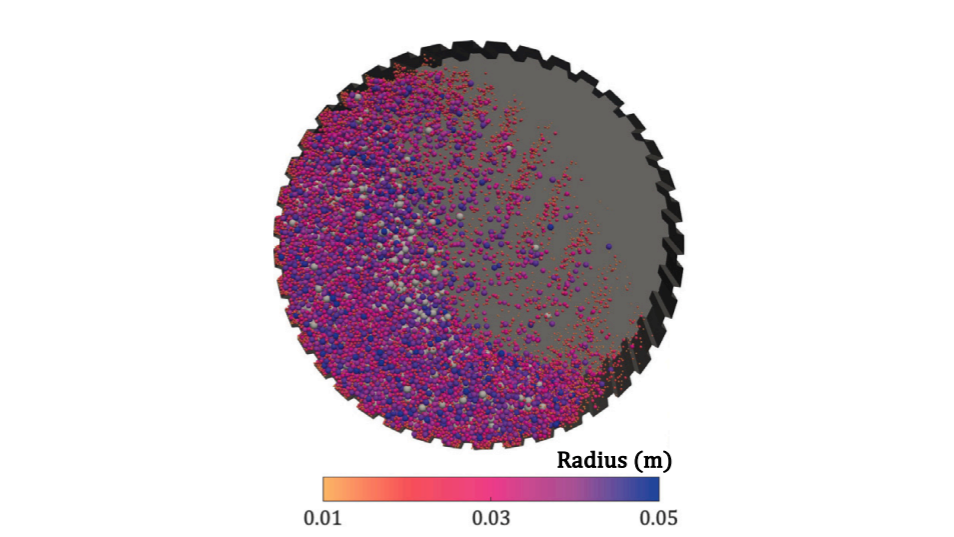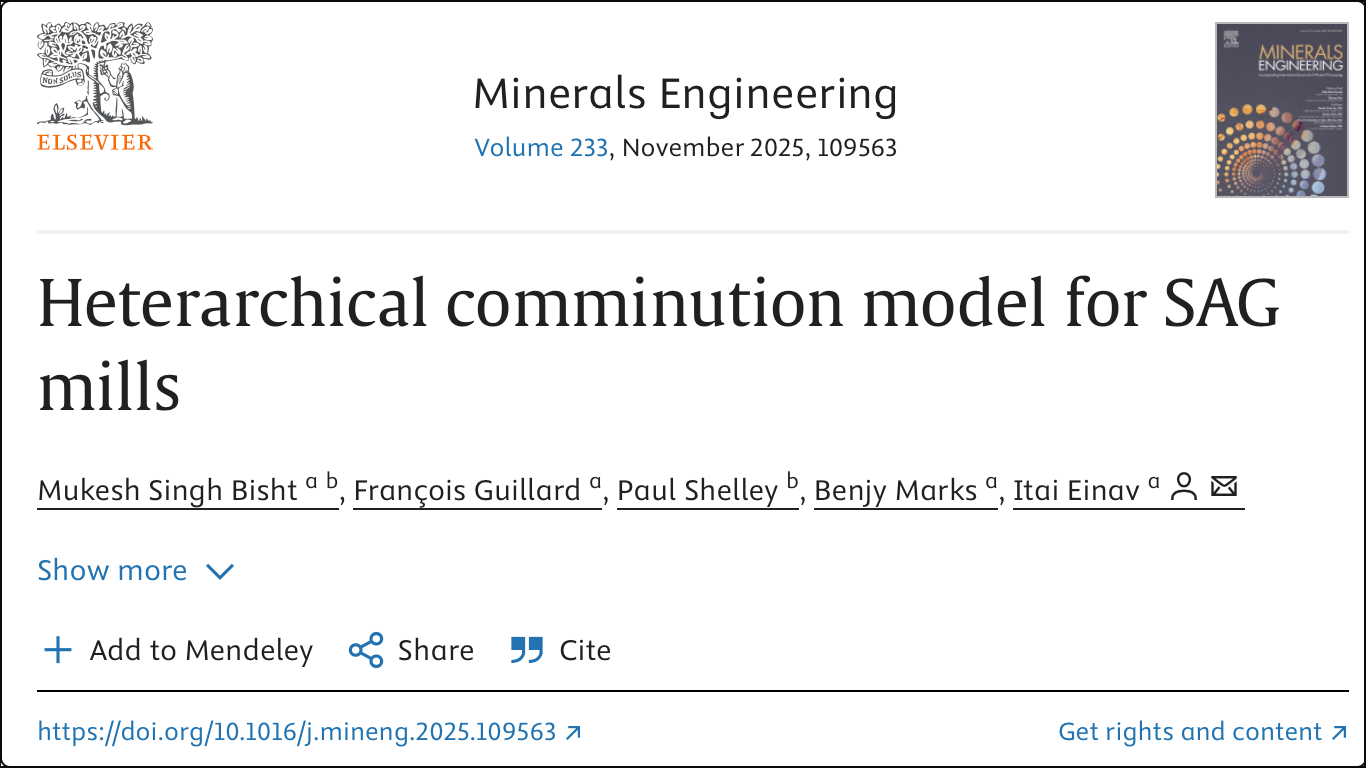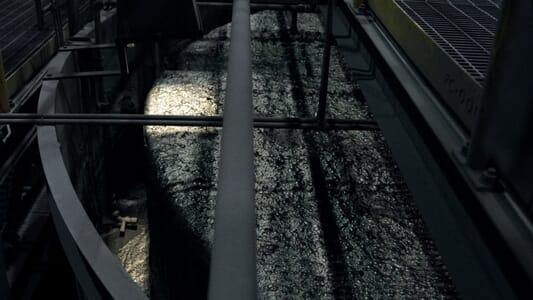The study, published in Minerals Engineering, introduces the Heterarchical Model, a next-generation simulation model for understanding how ore breaks down inside SAG mills.
- The Heterarchical Model enables mine operators to predict SAG mill performance with greater accuracy, enabling smarter, data-driven operational decisions.
- Findings show the optimal SAG mill efficiency occurs at around 78% critical speed and 20–30% fill level, reducing energy waste and maximising throughput.
- By accounting for grinding media behaviour and particle dynamics, the model supports improved mill design and performance optimisation.
The model is not yet complete – it doesn't include water, grinding media wear or slow mechanisms like abrasion. However, future versions will address these limitations and potentially expand into 3D simulations.
Key innovations
- Incorporates particle mixing, crushing and segregation.
- Accounts for steel grinding media, which are critical in SAG mills.
- Tracks performance spatially and over time.
- Efficient enough for real-world application.
 Snapshot of a DEM simulation of a SAG mill during operation.
Snapshot of a DEM simulation of a SAG mill during operation.
Main findings
- Grinding media significantly improves breakage compared to ore-only grinding.
- Smaller particles migrate to the edge; larger particles and balls remain central.
- Optimal mill efficiency is reached at ~78% critical speed and 20–30% fill level.
- Excessive fill levels reduce grinding effectiveness.
 Heterarchical discretisation of a representative volume element (RVE) along a micro-structural coordinate (m) with periodic boundary (PB) conditions.
Heterarchical discretisation of a representative volume element (RVE) along a micro-structural coordinate (m) with periodic boundary (PB) conditions.
Industry impact
- Enables more accurate performance forecasting.
- Improves operational decision-making for mill operators.
- Helps reduce energy waste in a key part of mineral processing.







